Here Are The Top 10 Ancient Greek Artifacts Every History Enthusiast Ought To Know About
With all these artworks, there’s no denying the greatness of the Greeks.

Artworks normally reflect the society that produces them. The case of the ancient Greeks is the one where this is true the most.
The Greeks infused the central idea of their culture into their buildings, sculptures, and ceramics. Human accomplishments and importance were thoroughly emphasized in ancient Greek art.
Even though the gods were frequently honored in Greek art, they were actually made in the likeness of mankind. You can say that one of the civilizations that had the greatest cultural influence on history was ancient Greece.
Thankfully, the tangible proof of their brilliance has withstood the test of time. And there are numerous amazing ancient Greek artifacts that are currently displayed on the shelves of numerous significant museums across the world.
As evidenced by the numerous works of ancient Greek art that can be found in museums all over the world, Greece is the birthplace of Western Civilization. There is no doubting the Greeks’ brilliance, whether we are discussing their rich mythology, artistic creations, or political advancements.
They produced works of unmatched beauty and priceless monuments to the rich legacy of the world. What’s more, these works still enthrall visitors and will do so for future centuries.
So sit back, relax, and scroll through the list we’ve assembled for you below.
1) Parthenon Horse
Ancient Greece really valued its horses, as shown by the many works of art depicting them. One particularly well-executed display of this appreciation is the Parthenon friezes. This is one of the most renowned ancient Greek artifacts to showcase a beautifully sculpted horse head.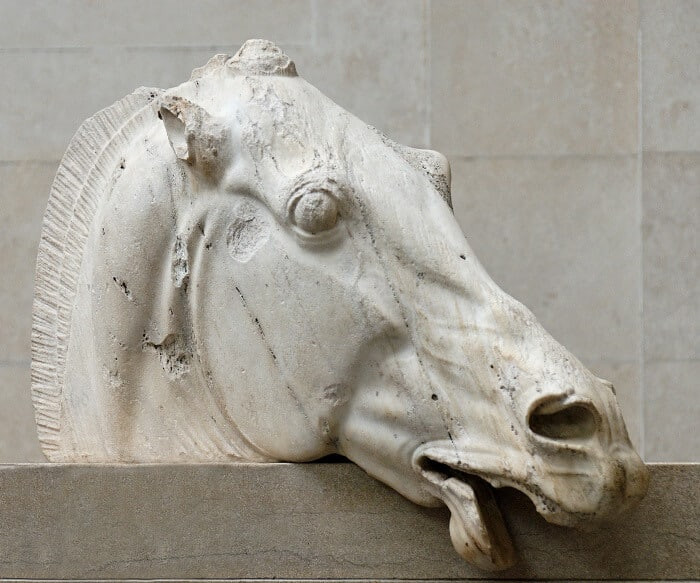 Wikimedia
Wikimedia2) Greek Sphinx
The statuettes were reflections of the opulence of the wealthy and their imagine consisted of the head of a woman, the body of a lion, the tail of a snake, and the wings of an eagle. The Greek sphinx originates from the civilization’s mythology, having been a fantastic creature sent by Hera to punish Thebes. It’s located at the Metropolitan Museum of Art in New York.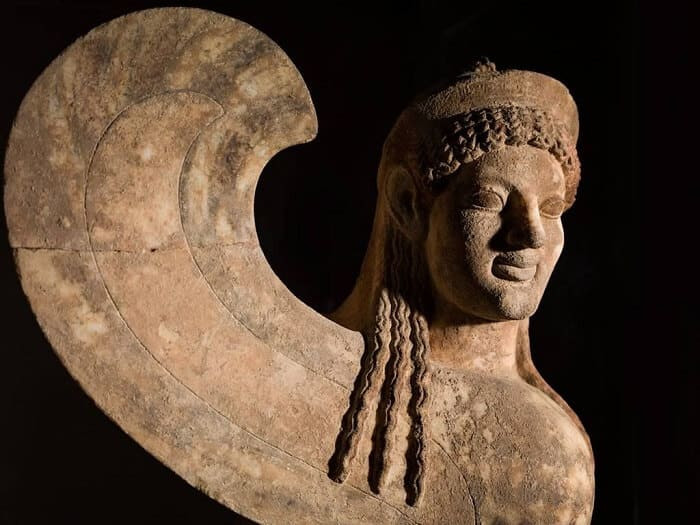 GreekSphinx
GreekSphinx3) Antikythera Mechanism
This mechanism is essentially an ancient analog computer, constructed by Greek scientists for calendric and astronomic purposes. It was discovered sometime around 1901. Upon recent studies, it’s been unveiled that it was built in the 2nd century BC. The analog computer is located at the National Archeological Museum in Athens.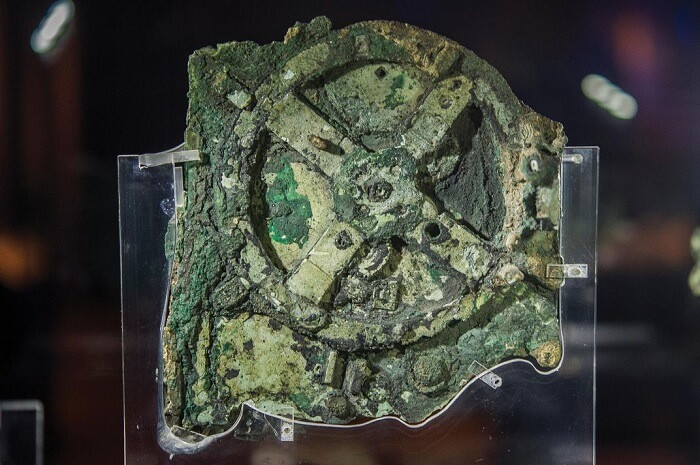 Antikythera
Antikythera4) Aphrodite of Melos (Venus of Milo)
One of the most famous of all ancient Greek artifacts, the famed Venus of Milo sculpture received its name from the French, who retrieved the broken statue from a cavern on the island of Melos. Aphrodite was the Goddess of Love whose Roman equivalent was Venus. The statue can be admired at the Louvre Museum from Paris.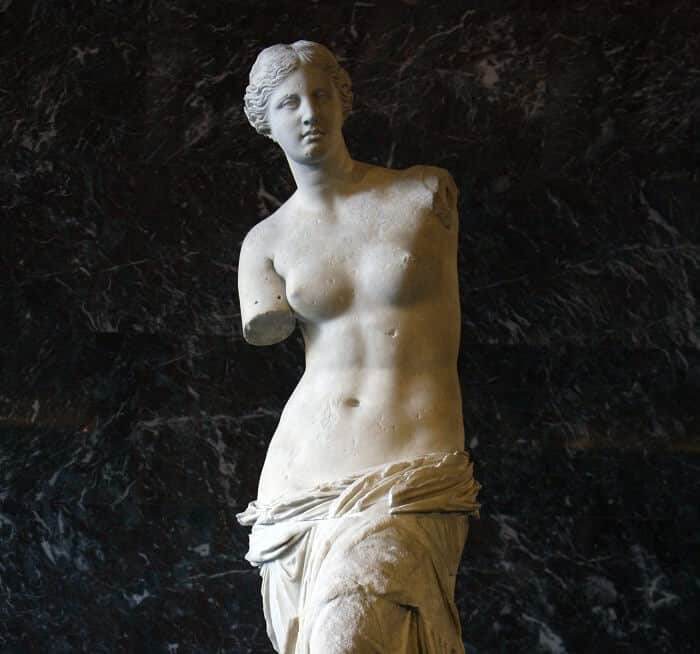 Wikimedia
Wikimedia5) Head of Hygeia
The mastery of Ancient Greek sculptors is properly displayed through this fantastic and skillfully crafted marble sculpture. It depicts Hygeia, the daughter of God of Medicine Asclepius and the soon-would-be Goddess of Health. This ancient Greek artifact is believed to be crafted sometime in the 4th century, when Hygeia worshipping really started to take off. You can find the Head of Hygeia at the National Archeological Museum of Athens.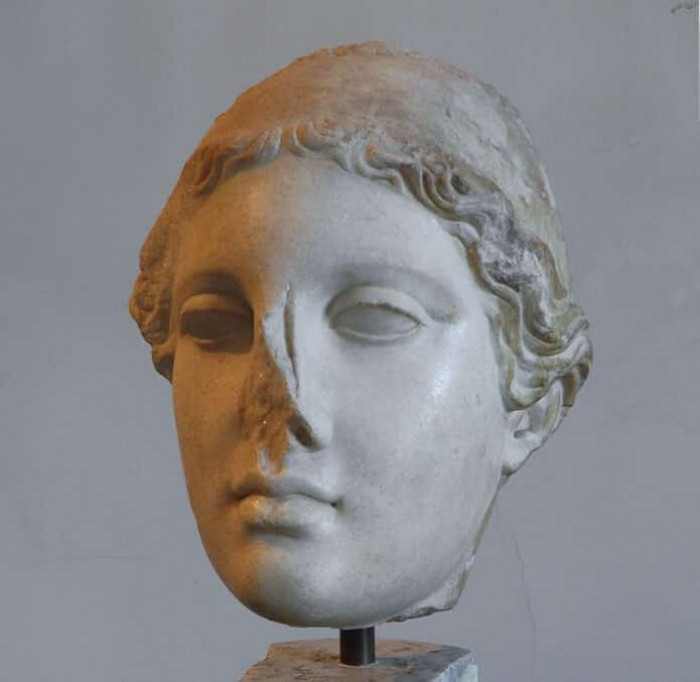 Wikimedia
Wikimedia6) Head of Hermes
After the sculpture was discovered in 1926, it was taken to the National Museum of Athens. Archeologists have all agreed that the harmonic lines in the statue stand as testimony that it may have been the work of Praxiteles, one of the greatest sculptors of the 4th century BC. Hermes
Hermes7) Head of Zeus
The person whose image was sculpted was up for debate for a while, with its original name referring to the possibility of it being Poseidon. However, upon further archeological investigations, a consensus concluded that it was the figure of the almighty Greek deity. Wikimedia
Wikimedia8) Hecate
The name was given to the Greek goddess trinity that was said to rule over Heaven, Earth, and the Underworld. She is heavily based off another deity, this time, an Egyptian one, going by the name Hekat. Most often, the trinity is said to have consisted of Hecate Selene, the Moon in Heaven, Persephone the Destroyer of the Underworld, and Artemis the Goddess of Hunting. The statuette can be admired at Metropolitan Museum of Art from New York. MetMusuem
MetMusuem9) Bust of Apollo
Apollo was another important deity in Greek mythology. Son of Zeus and Leto, as well as a brother of the previously mentioned Artemis, Apollo’s most important contribution was his role as an oracle. At times, he would grant the gift of sightseeing to others as well, a worthy example being Cassandra from Troy. Wikimedia
Wikimedia10) Pan Statue (Pan {left} and Daphnis)
Pan was essentially the underdog of the Greek deities, majorly because of his distorted appearance and his half-man, half-goat physical traits. Much like Dionysus, Pan was associated with hedonism of all kinds. Because of it, he was named Pan, a Greek word that means “all.” Pan
PanThese beautifully created ancient Greek artifacts offer us an insight into the history and culture of Greece, from the analog computers of antiquity to mythological beings. We trust that studying these intriguing pieces of art has been enjoyable.
Feel free to comment below if you have any particular favorites of your own. And please share this post with a history lover today.

